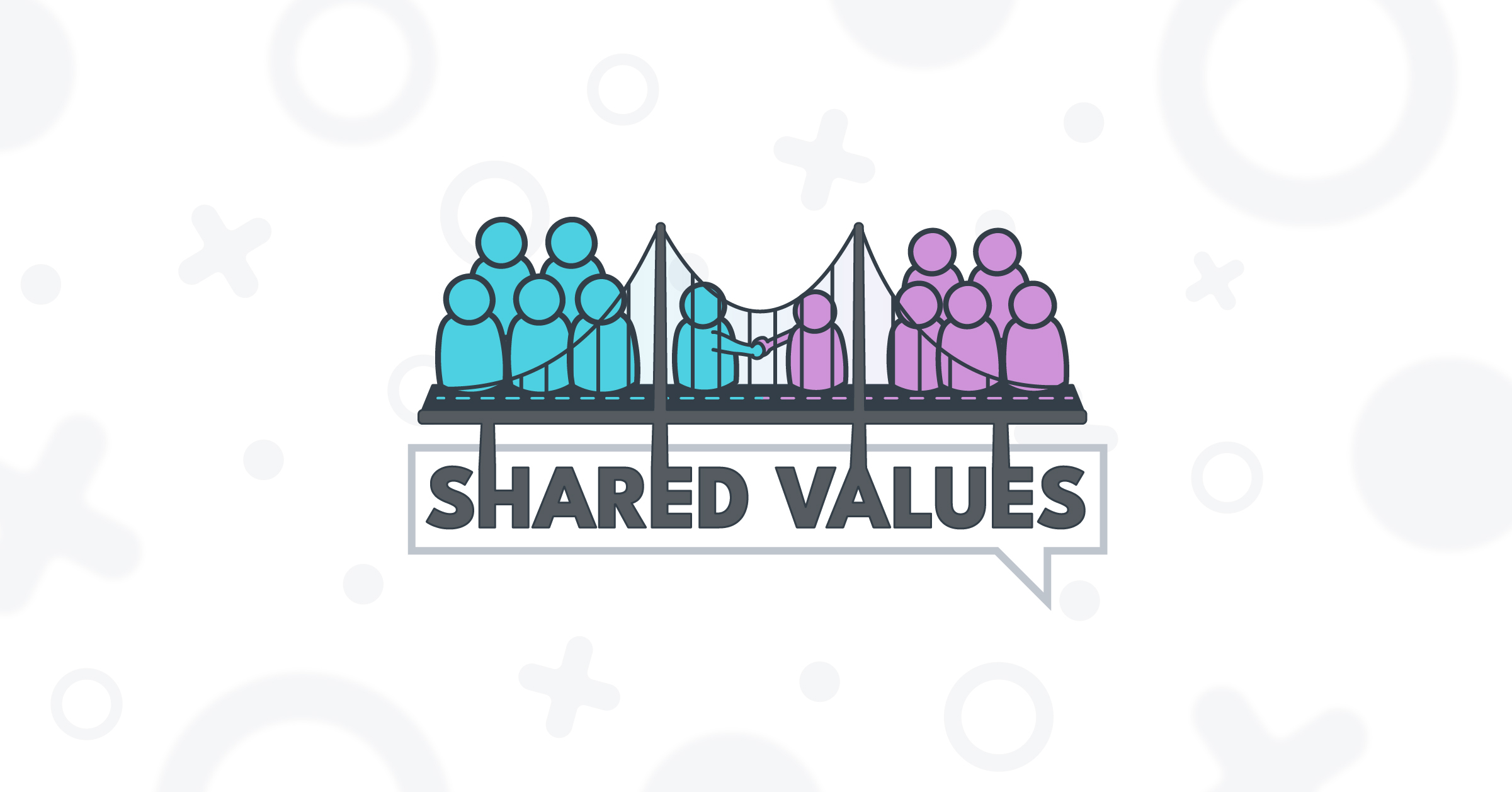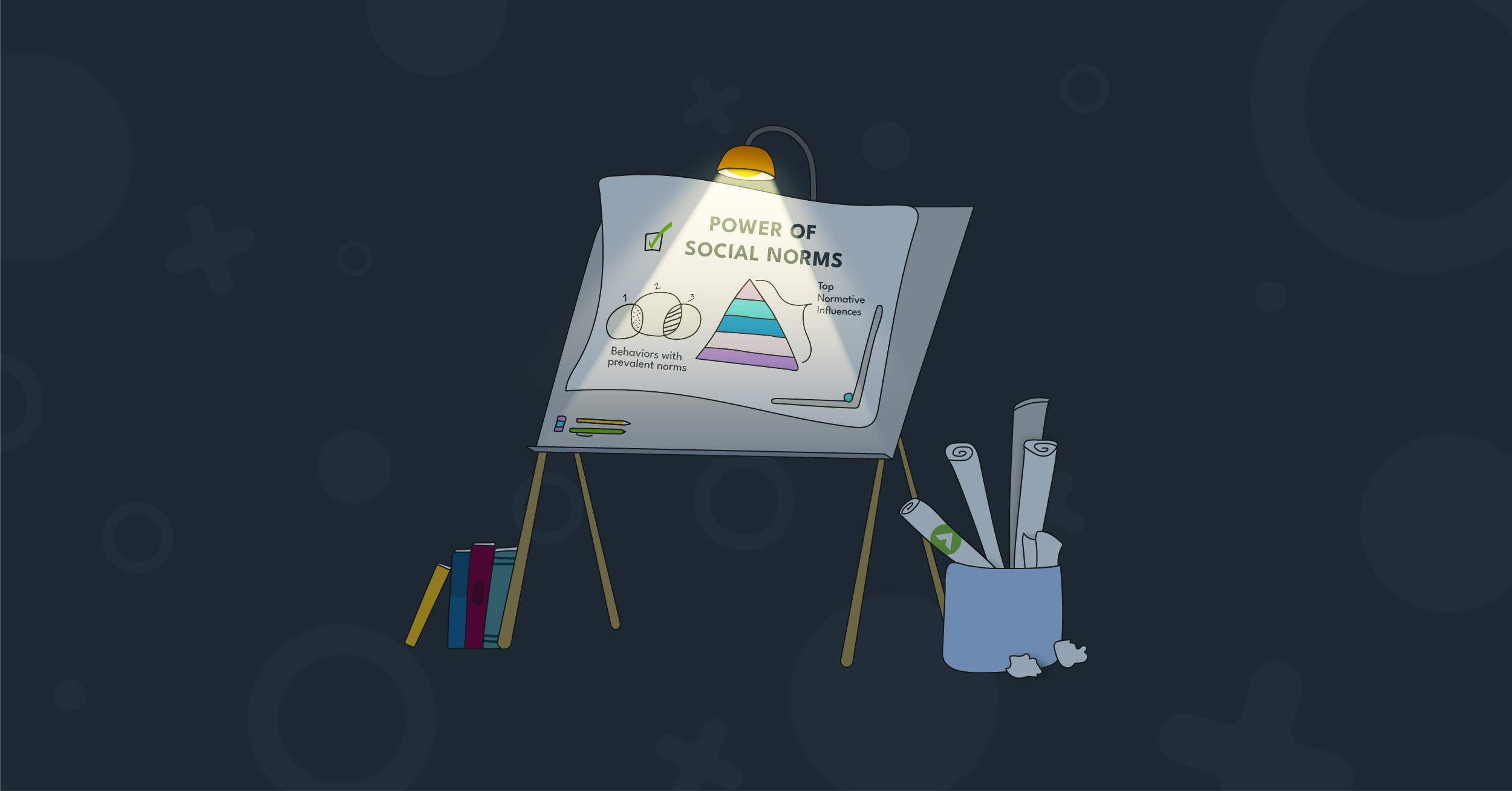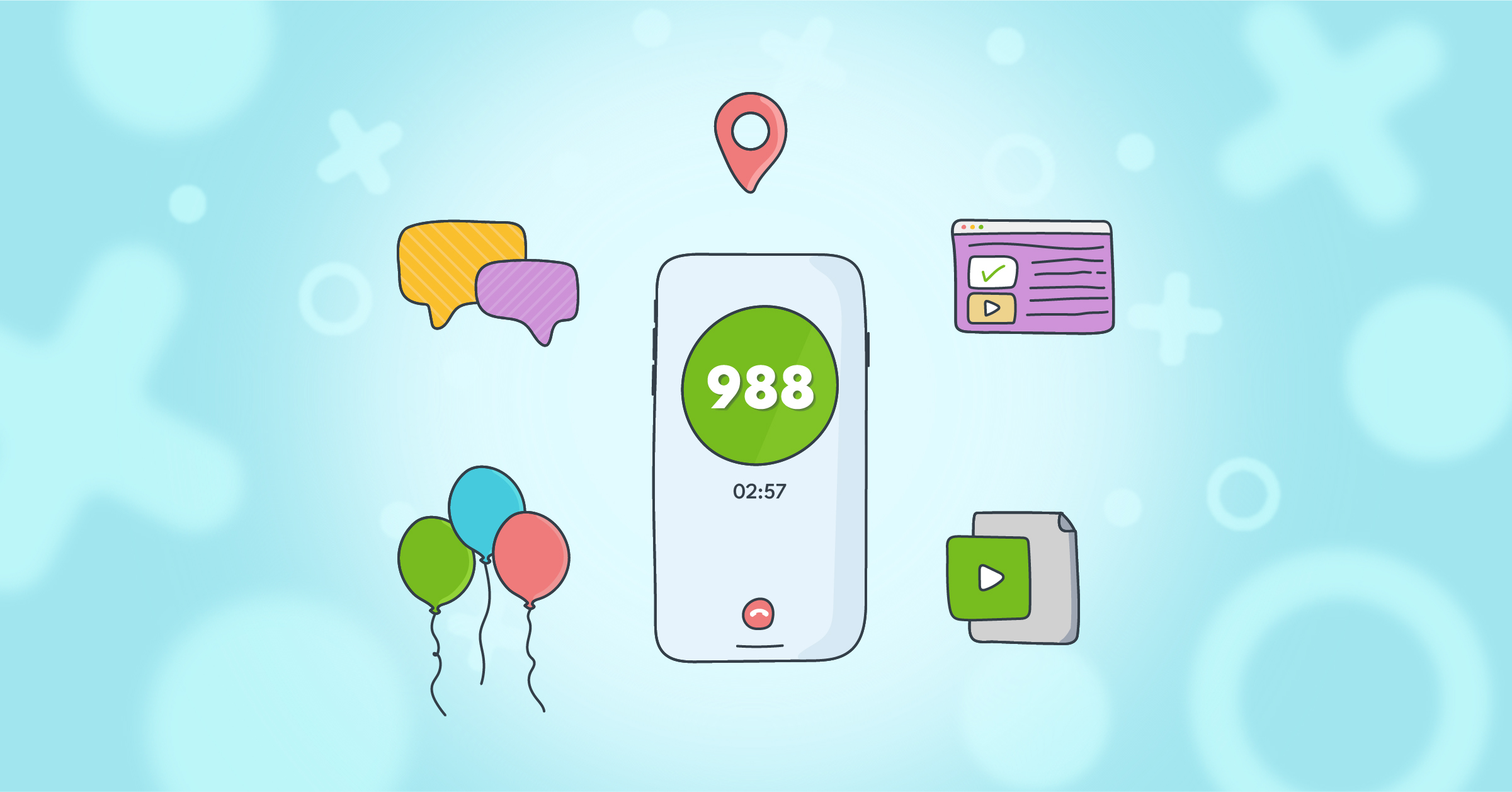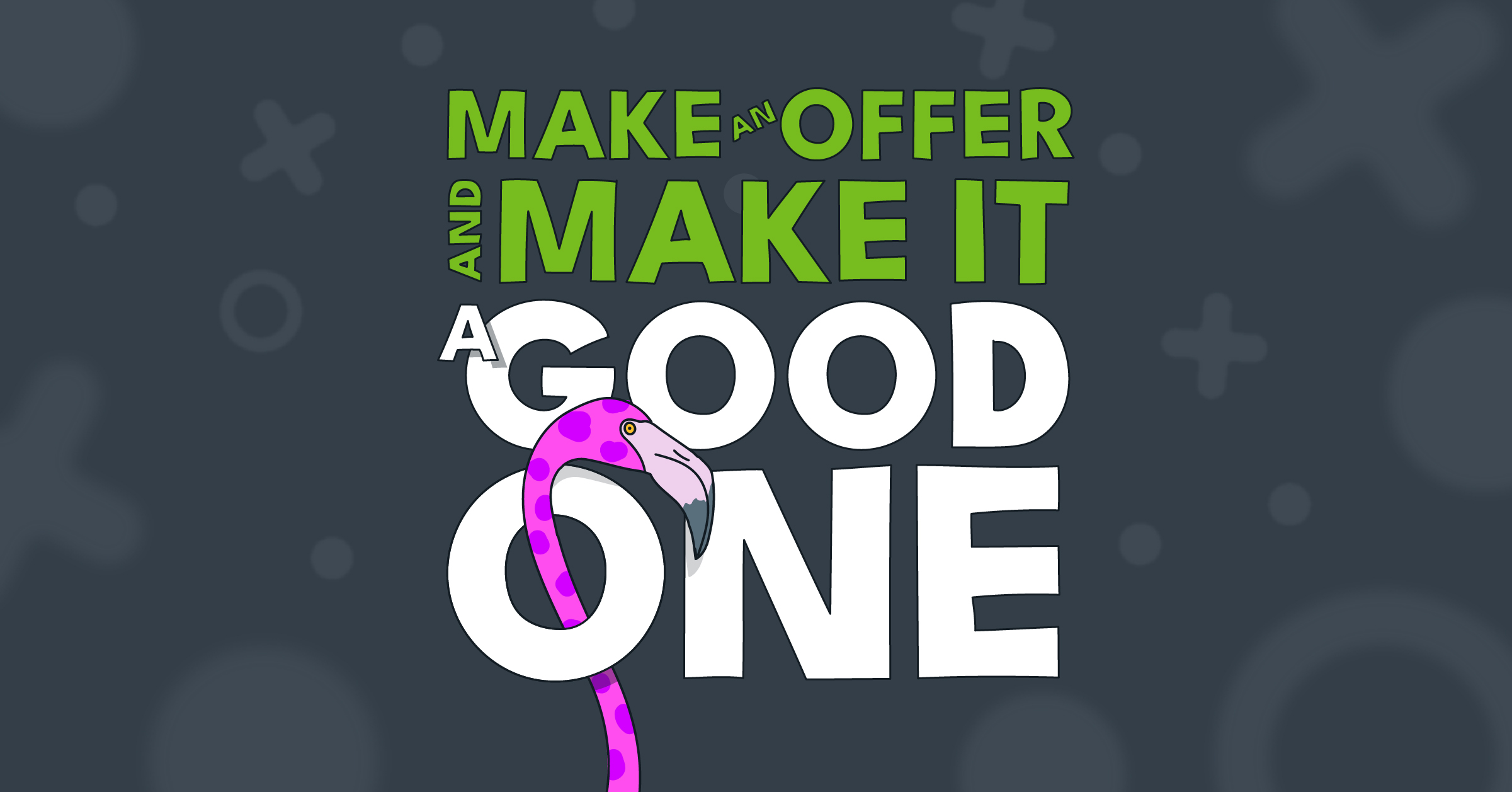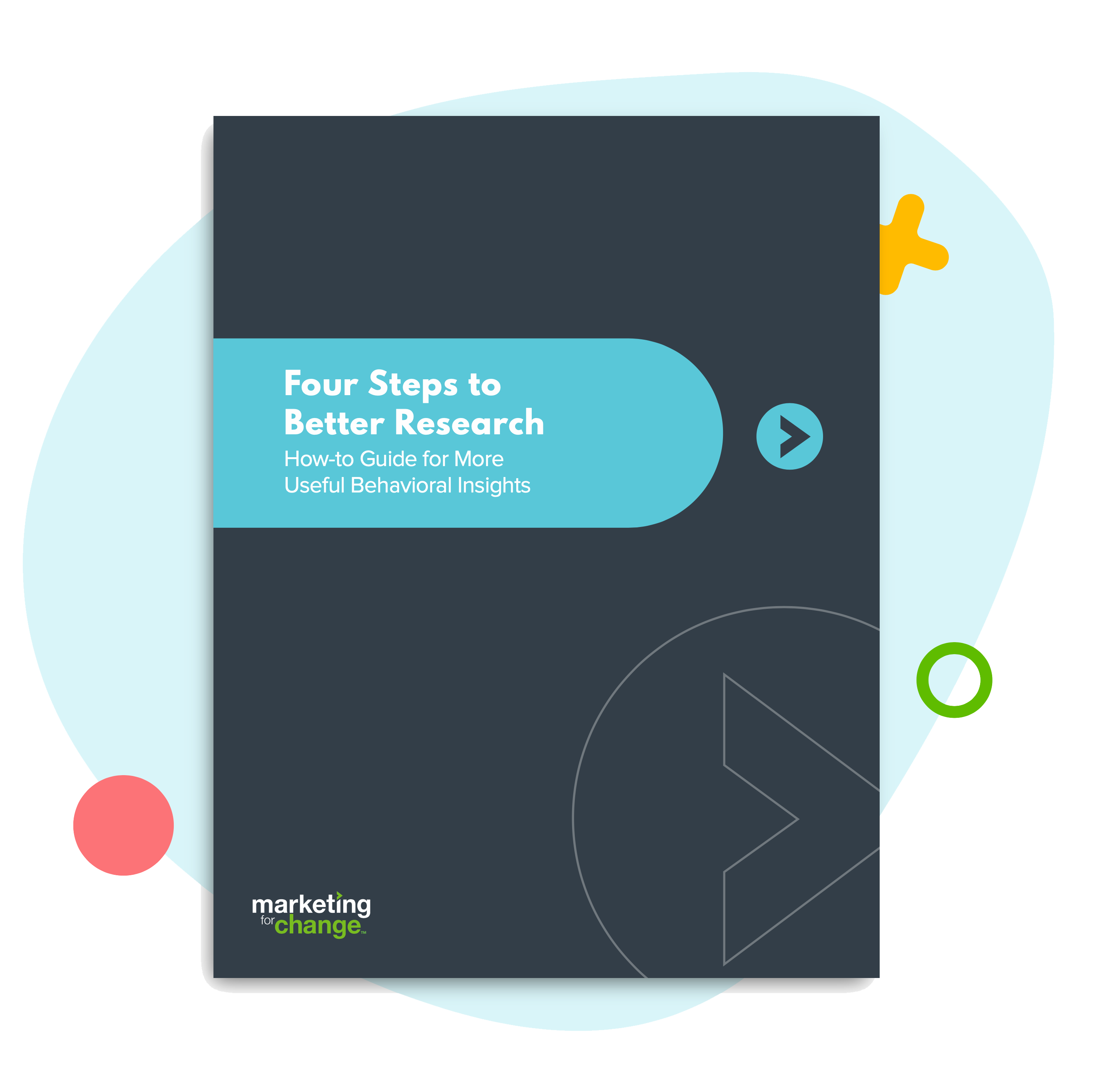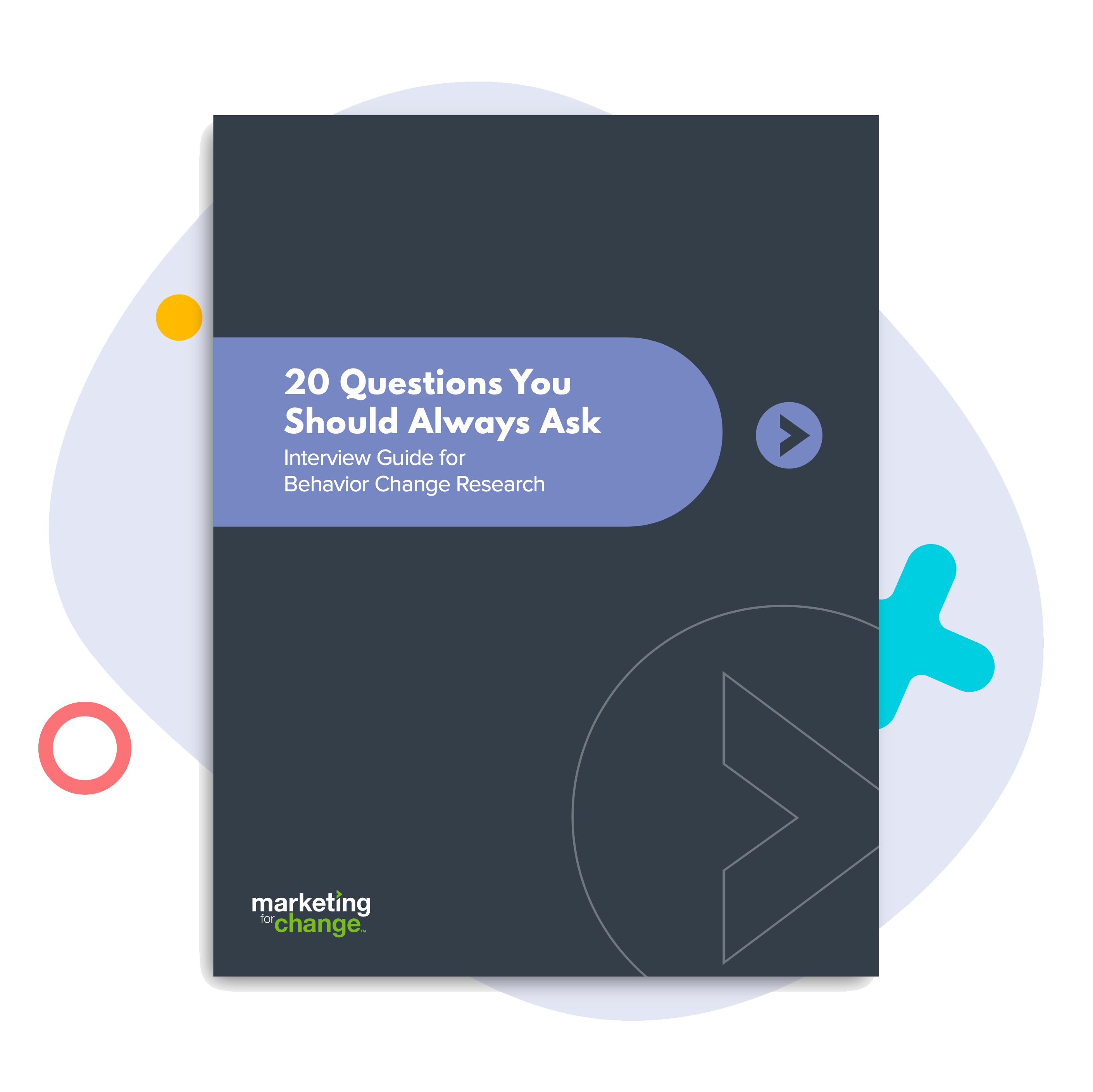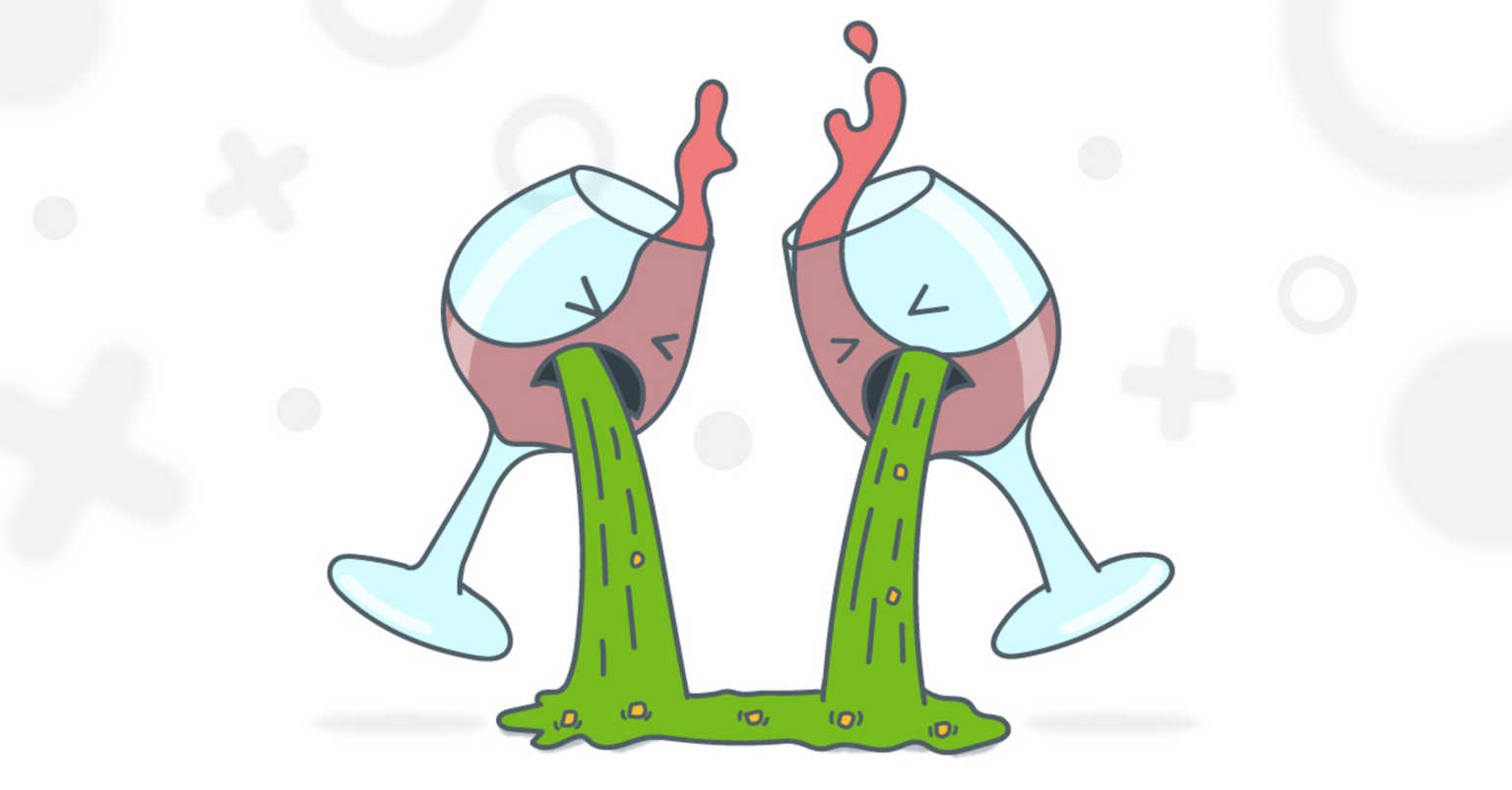
The Top 3 Alcohol Campaigns That Drive Us to Drink
We’d like to raise a glass to alcohol interventions that drive us to drink.
#1. Social norms campaigns gone bad
I’ll never forget the sign hanging in the hall of my son’s freshman dorm on move-in day. It declared “4 in 10 FSU students say they don’t drink alcohol when they hang out with friends.” Really. The first thing a well-intentioned but badly executed norms campaign told my son was that the majority of his new classmates liked to party.

Social norms campaigns proliferated on college campuses over the past couple of decades, funded in large part by millions of dollars from Anheuser Busch and other alcohol companies. As early as 2003, some studies were finding that this approach not only didn’t work, drinking actually increased on some campuses with these interventions.
There are many likely many reasons for these findings –– including the fact that big universities with big party cultures are more likely to try norms campaigns. But I think it’s also because the norms campaigns became something of a statistical plug and play, with little understanding of when norms messages are effective –– and when they are not.
Take the Florida K-12 school district that hired us to tweak their anti-binge-drinking campaign. They proudly showed us research that found 95% of students at a target high school had high recall of a campaign touting that 4 in 5 students at that campus didn’t drink while hanging out with friends. The problem: their own intercept survey results showed 85% of the teens interviewed weren’t buying it. “I think it’s a lie from students who try to sound good in surveys,” one said. Added another: “Because everyone I hang out with drinks!”
Here’s what went wrong. The 4 in 5 figure had been calculated by combining middle school and high school results from an annual CDC survey –– and most middle schoolers don’t drink. Presenting the watered-down statistics about drinking prevalence as a campus-specific fact had no credibility with the 12th-graders puking on the party bus on prom night, and the entire campaign lost credibility as a result.
This is not to to dismiss social norms as a driver of behavior –– in fact, we use norms quite a lot in our work at Marketing for Change (including a campaign that reduced soda purchases by 20%). But there are four pre-conditions that must be met for a norms campaign to be effective:
- The actual norm supports the desired behavior
- The perceived norm is different from the actual norm
- The target audience has a desire to fit into the norm
- Your sources are credible to your target audience
Given the chance to tweak the school binge-drinking campaign mentioned above, however, we shifted the target toward middle schoolers and away from the stats-based norms approach. Instead, we created a “brain book” with funny tips on how to be good at things kids care about: sports, music, friends, and school –– that embedded messages encouraging alcohol avoidance.

#2. Messaging about long-term health risks
Many well intentioned public health practitioners like to point to studies that link drinking to long-term health risks like cancer or damage to one’s DNA. These are the folks that like to say there are “no safe limits” for alcohol. The problem, as Nobel Prize winning behavioral economist Daniel Kahneman pointed out in his book Thinking Fast and Slow, is that the human brain is not wired to react to these kind of low probability, high-consequence events. Most people will just say “that’s probably not going to happen to me” –– and for the most part, they will be right.

In addition, it’s easy for confirmation bias to kick in. For every study that says a drink a day will give you breast cancer, for example, you can find another that says red wine is good for the heart and yet another that says exercise forgives all sins — and then you can believe whatever study you like the best.
#3. Fear-based messaging and scare tactics
Lots of people like to use them. Don’t. Because lots of studies show they just don’t work.
So what does work?
First off, let’s start by saying alcohol and drug campaigns are hard to do right –– and our society has a long history of getting them all wrong. We also have a long history of failing to track results to ensure that interventions actually make a difference in what people choose to do.
So while more research is needed, we’re guessing the Dryuary approach is a good one, in part because it takes a cue from the evidence-based Hello Sunday Morning intervention in Australia. What these campaigns have in common is they don’t demonize alcohol but encourage moderation by zeroing in on the things that even people who like to drink don’t like: feeling out of control, waking up hungover, giving too much of your paycheck to your favorite watering hole. Both also encourage doable, month-long breaks –– rather than quitting outright forever –– and provide tips (like not keeping alcohol at home) as well as online social networks that create environmental support for the new behavior.
Additionally, intriguing new research has found that flashing negative images –– like scowling faces and guns –– before proffering a soda made people less likely to indulge, while pictures of pandas (we’re not joking) promoted higher consumption. On the off-chance that this might work for us, we asked our designers to create the frowny face wine glasses at the top of this post.
If only they weren’t so darn cute.

Sara Isaac is Chief Strategist at Marketing for Change.

